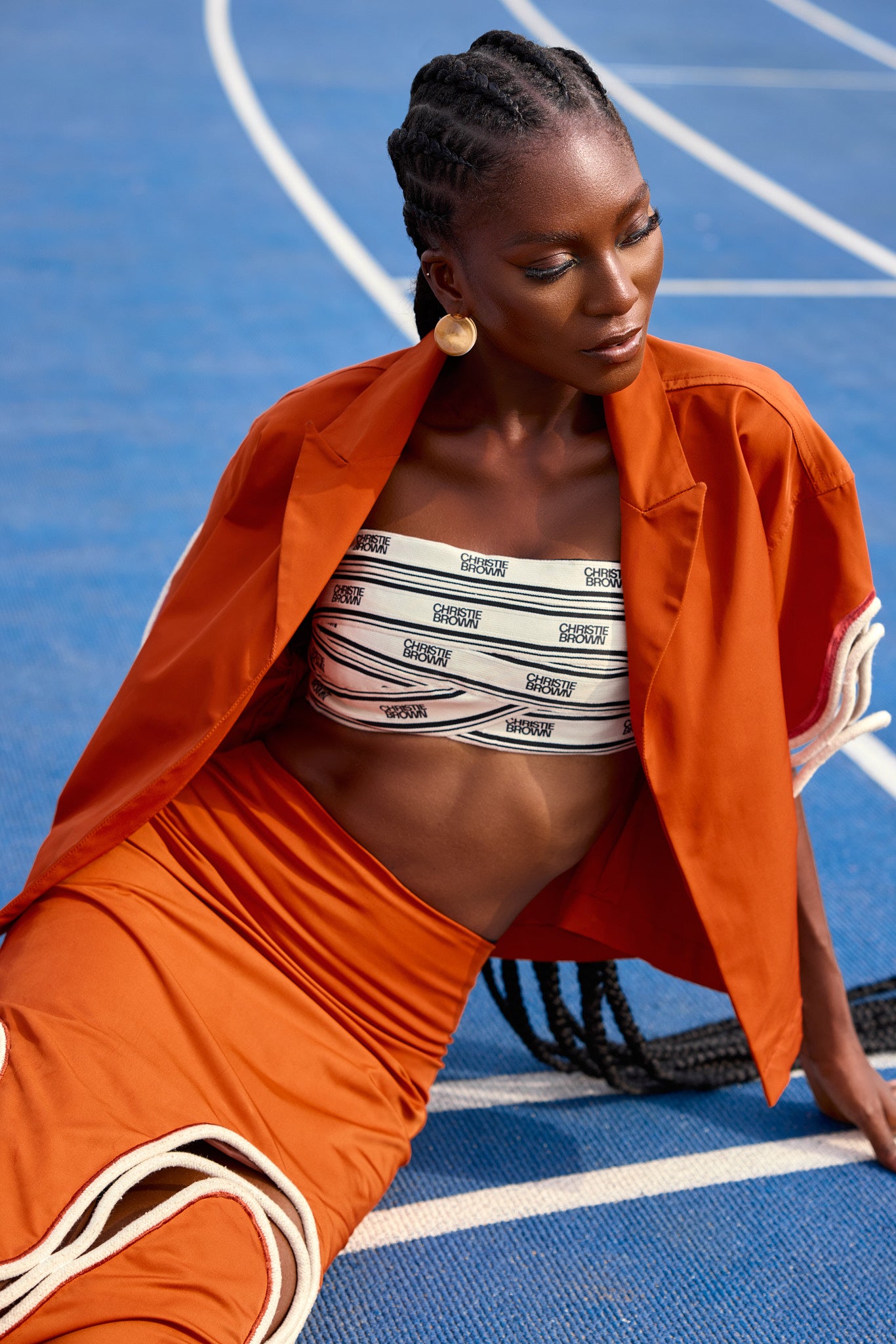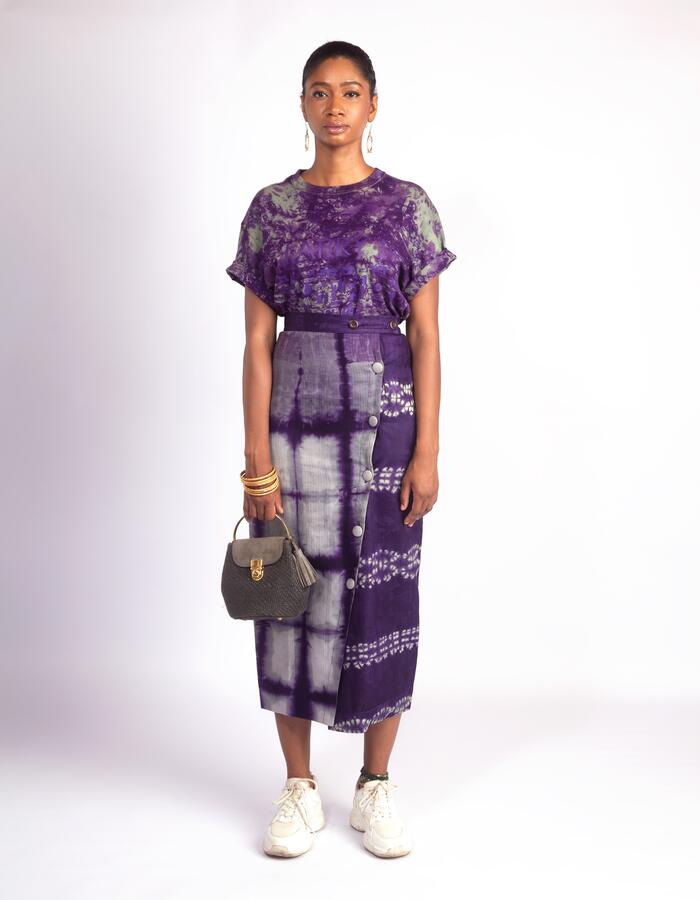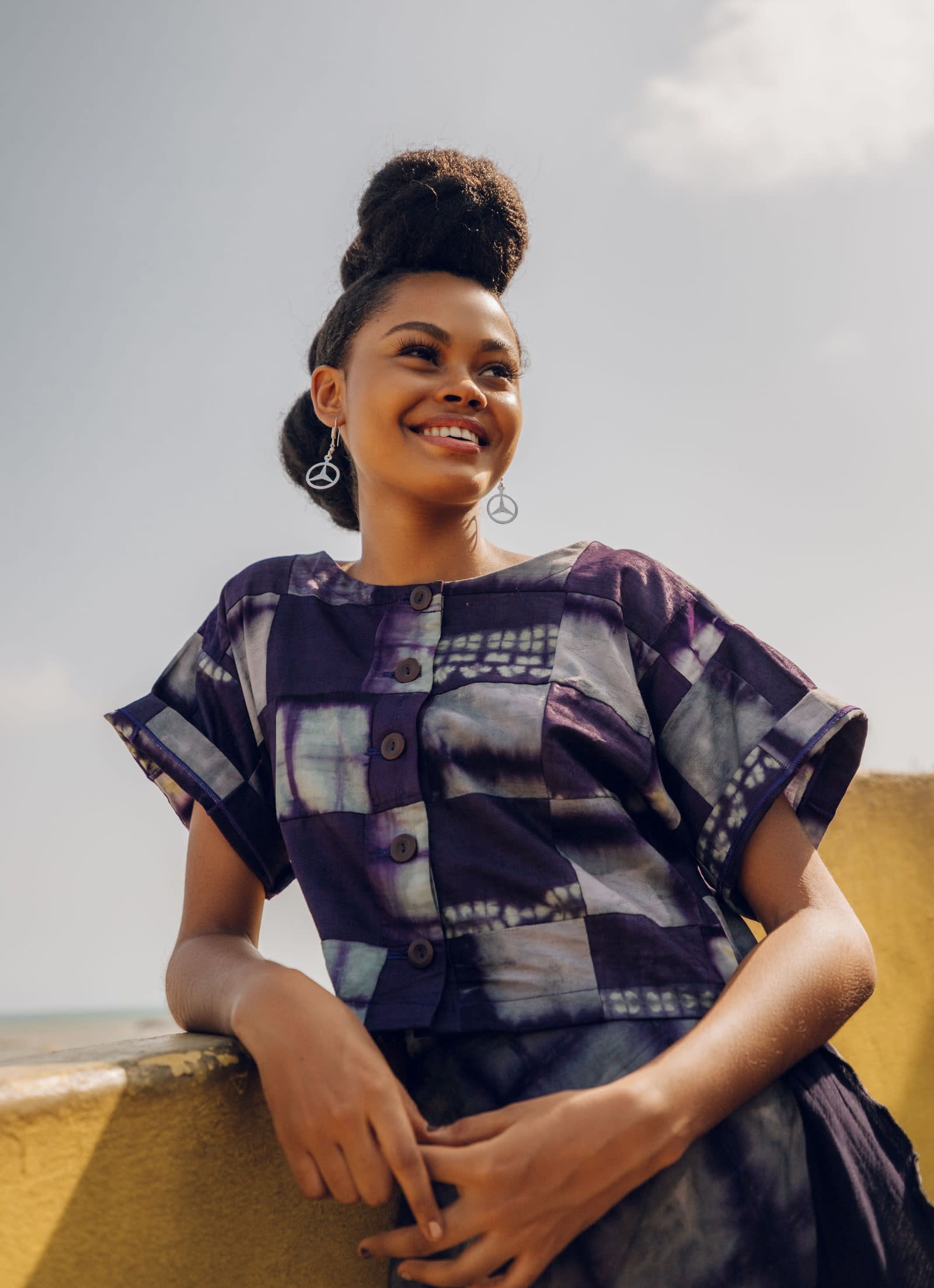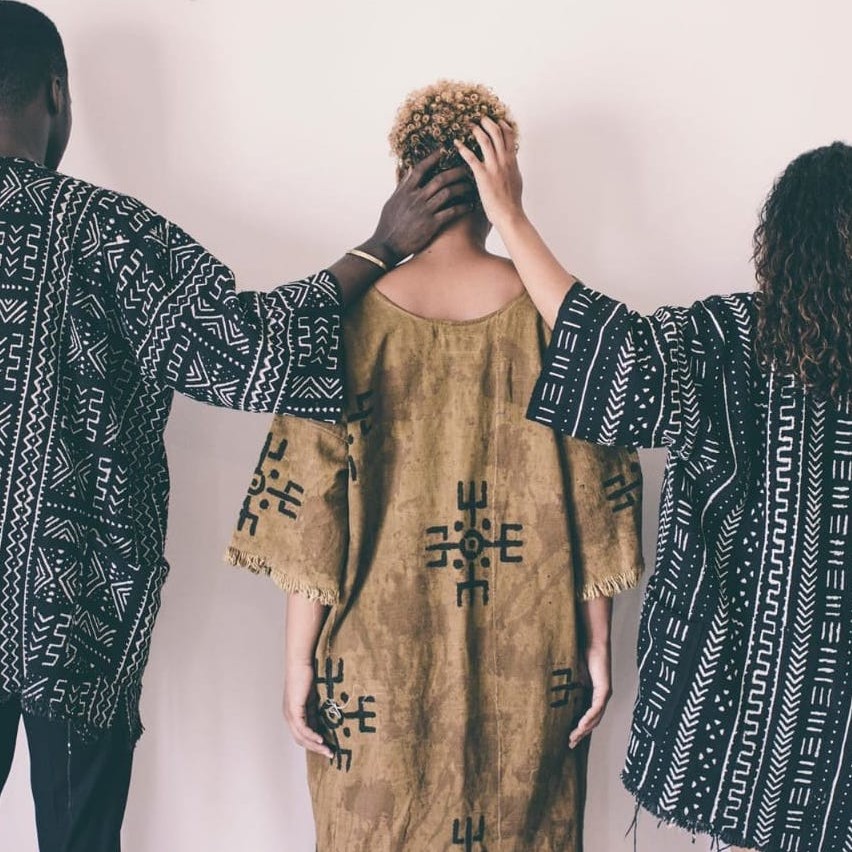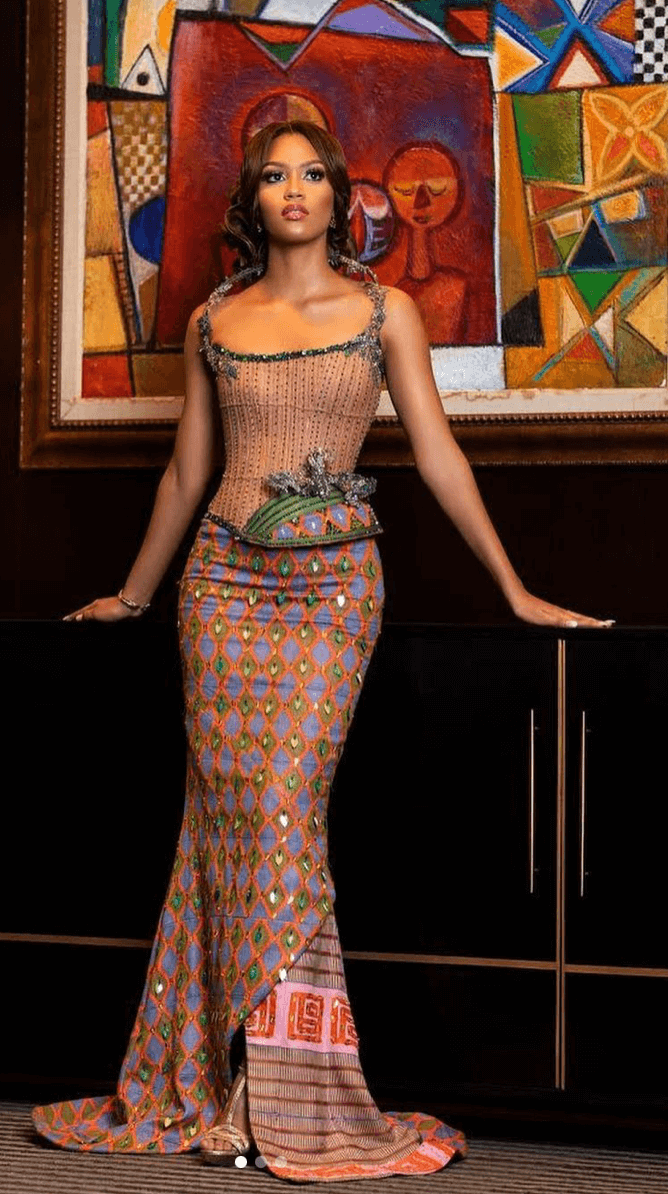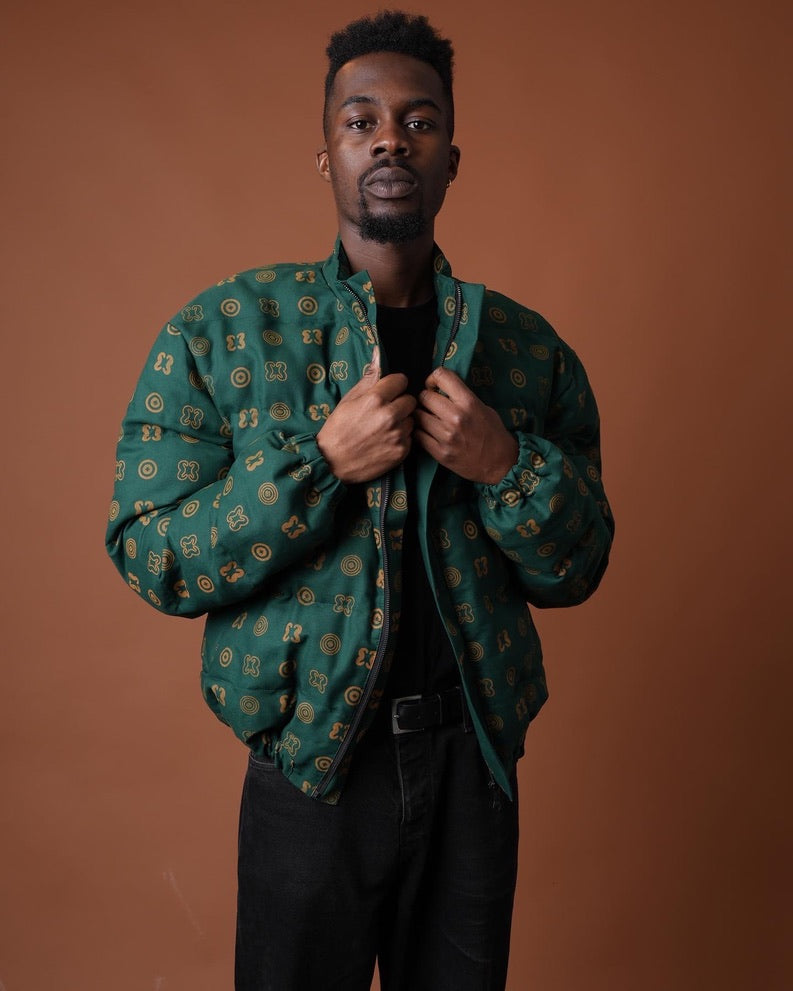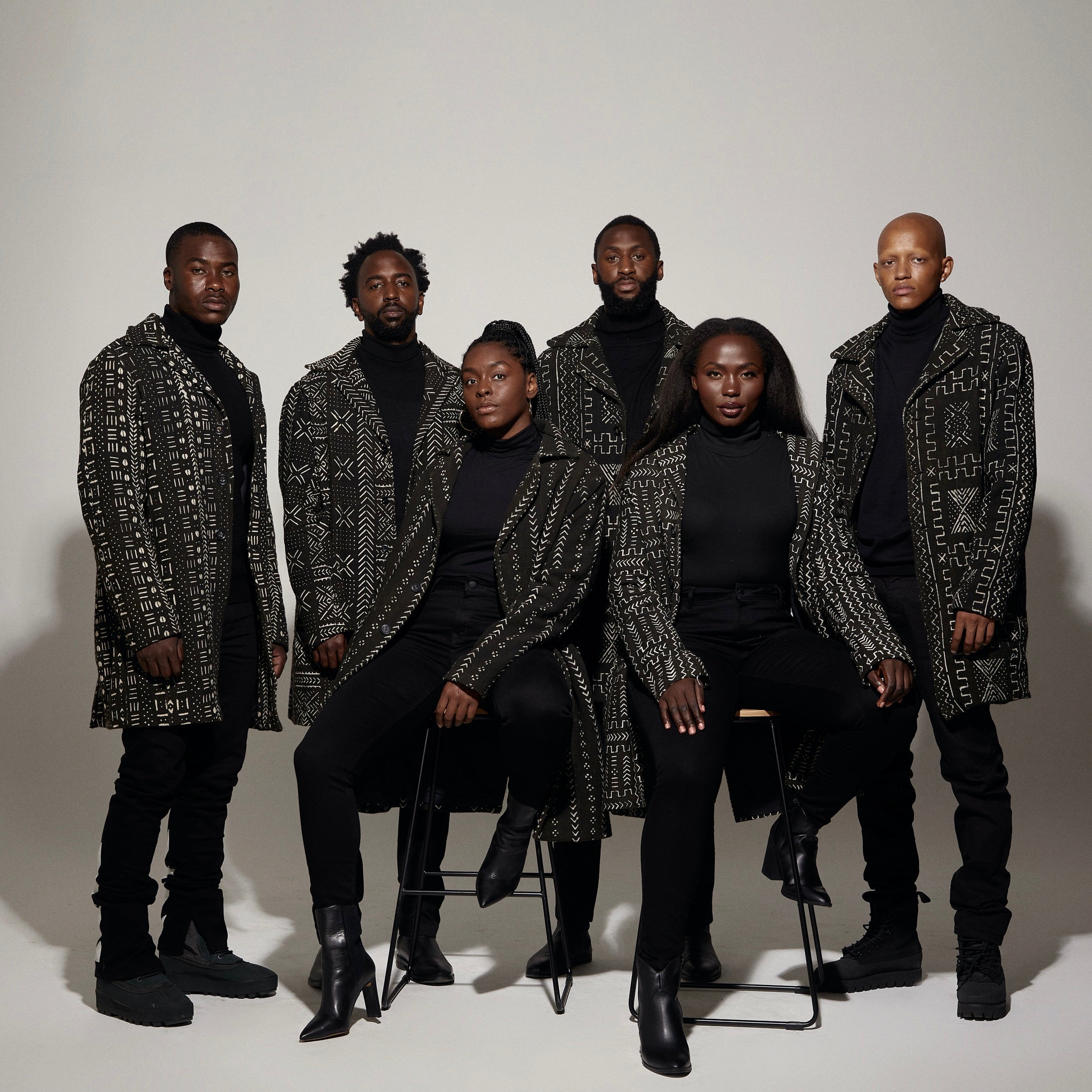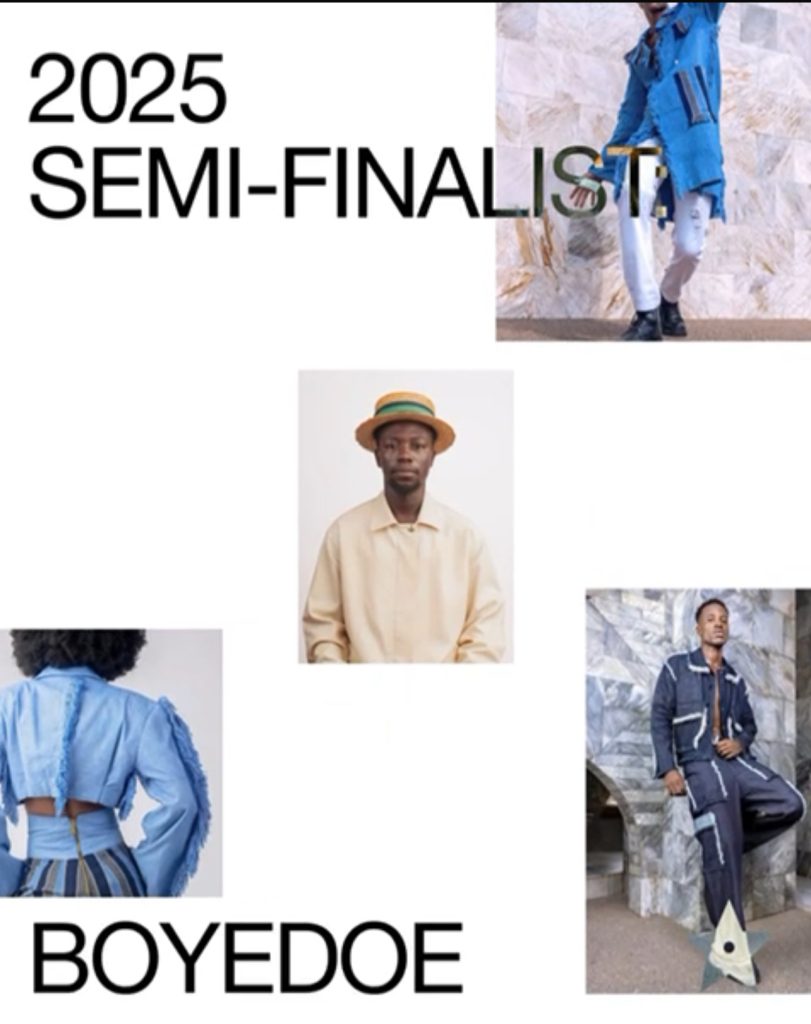Current Fashion Trends in Ghana 2025 | Discover the Latest Styles, Street Style & Market Insights
If you’re curious about what’s happening in Ghana’s fashion scene in 2025, you’re in the right place. This article takes you through what’s trending—from traditional fabrics reinvented for urban life, to sustainability shaping choices, to the street-style that gives Accra its unique flavor.
We’ll also look at the bigger picture of the fashion market in Ghana in 2025, reflecting a blend of sustainability, functional versatility, The Best Street Style, resolutions (what the industry aims for), and challenges (what’s still holding things back). By the end you’ll have a clear sense of how Ghanaian fashion is evolving—and how you might spot or adopt those trends yourself.
The Bigger Fabric: Ghana’s Fashion Market in 2025
Before diving into specific styles, it helps to frame the context of the market itself.
According to a market outlook report, Ghana’s apparel market is showing strong potential. There’s a youthful population, rising disposable incomes, and growing urbanization driving demand for fashionable clothing. 6wresearch.com+2Accio+2
At the same time, Ghana is not just consuming fashions — it’s shifting how the industry operates, with greater interest in ethical production, local manufacturing, and sustainability. CitiNewsroom.com+2scirp.org+2
Here’s a quick snapshot:
| Factor | Snapshot in 2025 |
|---|---|
| Consumer behaviour | More interest in styles that combine tradition + modernity; demand for outfits that work in different settings. Accio+1 |
| Production & sourcing | Local manufacturers beginning to align with global best practices, but still with gaps (technology, automation, traceability). scirp.org |
| Sustainability & ethics | Becoming more mainstream: brands and consumers show higher awareness of materials, labour, waste. CitiNewsroom.com+1 |
| Local vs global | Ghanaian textiles like kente, adinkra prints are getting global recognition; Ghanaian designers showing up on the world stage. kohantextilejournal.com+1 |
What this means for you: If you’re looking at Ghanaian fashion, you’ll see both heritage and innovation side by side. Trend-watchers should keep an eye on how functionality and sustainability weave into that.
Key Style Trends You’ll Notice in Ghana
Let’s look at some of the most prominent style directions in Ghana right now.
Traditional Fabrics Reimagined
One of the strong threads running through Ghanaian fashion is the re-use and reinvention of iconic textiles—especially fabrics like Kente cloth or distinctive prints originally rooted in culture. Accio+1
For example:
-
Kente is being used not just in ceremonial wear but in modern silhouettes—jackets, dresses, even accessories.
-
Designers are mixing African prints with streetwear cuts: think maxi skirts with vibrant motifs, or hybrid jackets with wax print panels.
-
The key here is functional versatility: pieces you might wear to an informal event, or dress up for something more formal.
Sustainability and Ethical Fashion
“Fast fashion” has long been a global challenge; in Ghana the issue is real and complicated. Imported second-hand clothing floods the market, sometimes undermining local production. The Ghana Youth Environmental Movement+1
But we’re also seeing a movement in the other direction: Ghanaian brands emphasising eco-friendly materials, ethical sourcing, and local craftsmanship. CitiNewsroom.com+1
So what does this look like on the ground?
-
Garments produced with recycled or up-cycled fabrics.
-
Paying more attention to labour standards, transparency in supply chains.
-
Offering clothes that aren’t just trendy but built to last (the “buy less, wear more” idea).
-
Environmentally-aware consumers choosing not just what looks good, but what aligns with their values.
Street Style with a Ghanaian Flavor
Urban-style fashion is a big deal in Ghana right now. Think layering, bold graphic prints, mixing formal and informal, and lots of attitude. Accio+1
Some features to look out for:
-
Oversized outerwear combined with fitted pieces underneath.
-
Streetwear brands printing local cultural references (symbols, proverbs, patterns).
-
Trainers/sneakers paired with traditional fabrics.
-
Utility elements ( pockets, straps ) combined with African motifs.
-
Colour-blocking that uses bold, saturated hues drawn from traditional palettes.
The Rise of Ghanaian Designers and Local Manufacturing
It’s not just what people wear—it’s who is designing, making and exporting. Ghanaian designers are getting noticed internationally. kohantextilejournal.com+1
And on manufacturing: Ghana’s apparel sector is increasingly adopting international best-practice frameworks (though work remains). scirp.org
For you, this means: more locally-made as a trend, more identity-driven pieces, and more opportunity to find something that is uniquely Ghanaian rather than just imported.
Practical Notes: What to Wear, How to Style It
Here are actionable pointers on how to participate in the trend-space described.
Choose Versatile Pieces
Given the emphasis on functional versatility, aim for clothes that can serve more than one purpose. For instance:
-
A maxi dress in African print that works for daytime errands and can be elevated for dinner.
-
A blazer or jacket in kente-fusion fabric that pairs with jeans or dress trousers.
-
Streetwear-style cargo trousers with an accent print panel—casual now, but dressable later.
Mix Traditional with Modern
Don’t feel you must commit entirely to one side. The fun is in the mix. Example combos:
-
Wax-print shirt + plain suit trouser + white sneakers.
-
Tailored dress in a neutral tone + kente or adinkra printed scarf or belt.
-
Oversized hoodie in muted colour + skirt made from traditional cloth.
Choose Sustainable / Ethically-Made Options When Possible
Since sustainability is a growing trend, look out for these markers:
-
Local brands that explicitly name their materials (organic cotton, recycled fabric).
-
Garments that feel well-made: seams finished, fabric heavier, colours rich—not cheaply made.
-
Brands that highlight local craftsmanship, or small-batch production.
-
Care practices: wash in cold water, avoid over-buying, repair rather than discard.
Pay Attention to Fit & Proportion
Street-style in Ghana is about confident layering and silhouette. Some tips:
-
If you have an oversized top, balance it with a more fitted bottom.
-
Avoid too much layering in hot weather: allow space for the body to breathe.
-
Colours: use one bold print + one neutral piece, so the look is anchored.
-
Accessories: bold earrings, printed headwraps, or a bright belt can elevate simpler outfits.
Be Mindful of Context
Ghana has a mix of formal and informal style settings. What you wear to a casual outing might differ from what you wear to a more upscale event. The key: choose pieces you can adapt. For example: you may pair the same print-skirt for a casual meet-up with sandals, and later with heels and a structured blazer for an event.
Resolutions & Challenges in Ghana’s Fashion Industry
Resolutions (Where the Industry Wants to Go)
-
Increase local manufacturing and reduce reliance on imported used clothing.
-
Improve use of sustainable materials, ethical labour practices and supply-chain transparency.
-
Promote Ghanaian designers on the global stage and build brands that last.
-
Educate consumers about value (versus cheap fashion) and encourage thoughtful consumption.
-
Make versatile, high-quality pieces more accessible (price + availability) to broader audiences.
Challenges (What Still Needs Work)
-
Infrastructure & technology gaps: some local manufacturing still lacks automation, advanced logistics. scirp.org
-
Cost and affordability: sustainably-made or locally-produced clothes often cost more, limiting access. iqoqo.org
-
Waste and imported second-hand clothing: Ghana receives huge volumes of used clothing, much of which becomes waste, overshadowing local production. TIME+1
-
Consumer education: encouraging buying fewer items of higher quality vs. many cheap items remains a mindset shift.
-
Global competition: Ghanaian brands compete not just locally but internationally; building scale and export capability takes time.
The Best Street Style Scenes to Watch
In Accra and other urban centres, you’ll find lively street style that exemplifies the blend of tradition + modernity. Look out for:
-
Layered looks combining streetwear and African print inserts.
-
Local pop-up markets and designer shows (such as the recent Fashion and Design Summit Ghana 2025) which showcase the latest. FAB L’Style Africa+1
-
Influencer and youth culture: younger style-seekers taking bold choices and sharing them via social media—so look beyond the boutiques into everyday streetwear.
Summary
Ghana’s fashion scene in 2025 is vibrant, evolving, and meaningful. Traditional fabrics like kente and Ankara are being re-imagined in modern forms; sustainability and ethical production are no longer fringe ideas but gaining real traction; street style blends heritage and urban energy; and the market is growing in both consumers and producers.
At the same time, challenges remain: affordability, waste, infrastructure, and scale. For you—whether you’re a style-seeker or a thoughtful consumer—the key is to choose versatile, well-made pieces; mix the traditional with the modern; and be mindful of value beyond just price.
In short: Ghana’s fashion is about identity, experimentation, and responsibility. It’s about wearing something that feels good and fits purpose. And you can engage with it in ways that reflect who you are, and where you’re going.
FAQs
Q1: Are traditional fabrics like kente still trendy or are they just for formal occasions?
A1: Yes—they’re still very trendy. But the way they’re used is shifting. Instead of only being for formal wear, you’ll see them in casual or hybrid pieces—jackets, streetwear, dresses—combined with modern cuts and styles. Accio+1
Q2: How important is sustainability in Ghanaian fashion right now?
A2: It’s increasingly important. Brands and consumers are more aware of materials, production ethics and waste. Problems like imported second-hand clothing waste are forcing conversations. CitiNewsroom.com+2Vogue Business+2
Q3: What should I look for if I want versatile clothes that reflect Ghana’s current style?
A3: Look for pieces that can serve more than one setting (day-to-evening), mix traditional prints with neutral pieces, pay attention to the quality of materials, and pick items you’re comfortable layering or adapting.
Q4: Are local Ghanaian fashion brands worth seeking out?
A4: Absolutely. Local brands offer unique identity, often better craft and meaningful design. They also contribute to local industry growth. The trade-off may be price or availability, but the value is high. FAB L’Style Africa+1
Q5: What are the main barriers holding Ghana’s fashion industry back?
A5: Some of the key barriers include cost and affordability of ethically-made items, infrastructure and tech gaps in manufacturing, competition from cheap imports (especially second-hand), and the need to scale up sustainably. scirp.org+1
Q6: How can I participate in this trend without spending a lot?
A6: You don’t need to spend a fortune. Consider:
-
Buying one standout printed or heritage-inspired piece and combining it with simpler items.
-
Shopping local to support smaller brands (sometimes good deals exist).
-
Taking care of your clothes to extend their life (thus embracing sustainability).
-
Thrift or second-hand wisely: select items with good condition, and consider upcycling or repairing.




